The current energy market picture looks favourable for oil bulls.
Global benchmark Brent crude surpassed the long-awaited $80 a barrel threshold on Tuesday, although it has since fallen to $78.47 as of 10:30 a.m. Wednesday in London. Around the same time, West Texas Intermediate crude was trading at $74.73 a barrel.
Ahead of winter and the gas crisis in Europe, the demand picture looks promising. However, some experts, including
including https://exness1.org/, warn that a fall in demand is not far off as prices will rise.
"Oil prices have turned off the marginal cost of supply. Instead, they are reaching a level where demand starts to fall, which we estimate to be ~$80 a barrel." This is what Morgan Stanley wrote in June, and on Tuesday the bank wrote: "This remains our thesis."

However, it added that "the price at which demand destruction begins is extremely difficult to estimate. We are leaving our price forecast unchanged for now, but acknowledge that with current trends, the potential for our bullish scenario to rise to $85 a barrel clearly exists."
Morgan Stanley forecast a decline in global oil supplies, citing an average of 3 million barrels of crude per day from stocks last month, compared to 1.9 million barrels per day in previous months of this year.
"These results are high and suggest the market is under-supplied than is generally thought," said the bank's analysts Martin Raths and Amy Sargeant.
In addition, flight and transport volumes have increased and Flightradar data on commercial flights "closes the gap to pre-coronavirus levels," they said.
However, not all signs are optimistic.
The World Bank said on Tuesday that the Delta variant was slowing economic growth in East Asia and the Pacific, and growth forecasts were downgraded for most countries in the region. And China is facing a potential growth slowdown due to the Evergrande crisis and growing power shortages that are hitting factories, homes and supply chains .
"China's economic problems are casting a dark shadow over demand for oil coin and hence the price outlook," warned Stephen Brennock, senior analyst at London-based PVM Oil Associates.
Higher energy prices will also drive inflation even higher, posing a serious threat to demand.
"Rising oil prices have been a major driver of inflation," Brennock said in a note on Tuesday. "And a worsening inflationary environment will hamper the fragile economic recovery and oil consumption. This brings us neatly to the problem of demand destruction."
China and India, one of the world's biggest oil importers, began selling oil from their strategic reserves this month in an unprecedented move to try to lower crude prices in the wake of a spike in energy prices across the region. While it failed to reduce global prices, it sent an important signal.
"The reason for this turn of events is price," Brennock wrote. "At over $70 a barrel, oil appears to have become too expensive for Beijing and New Delhi. ... Oil prices as high as $80 a barrel will be a serious problem for these key buyers of crude and are likely to undermine import demand."

